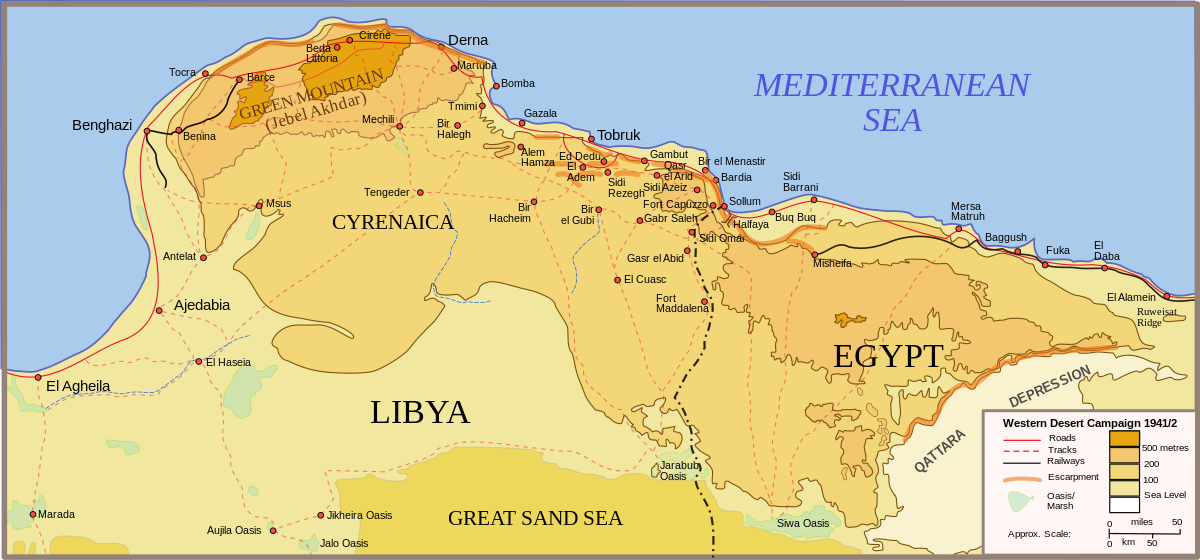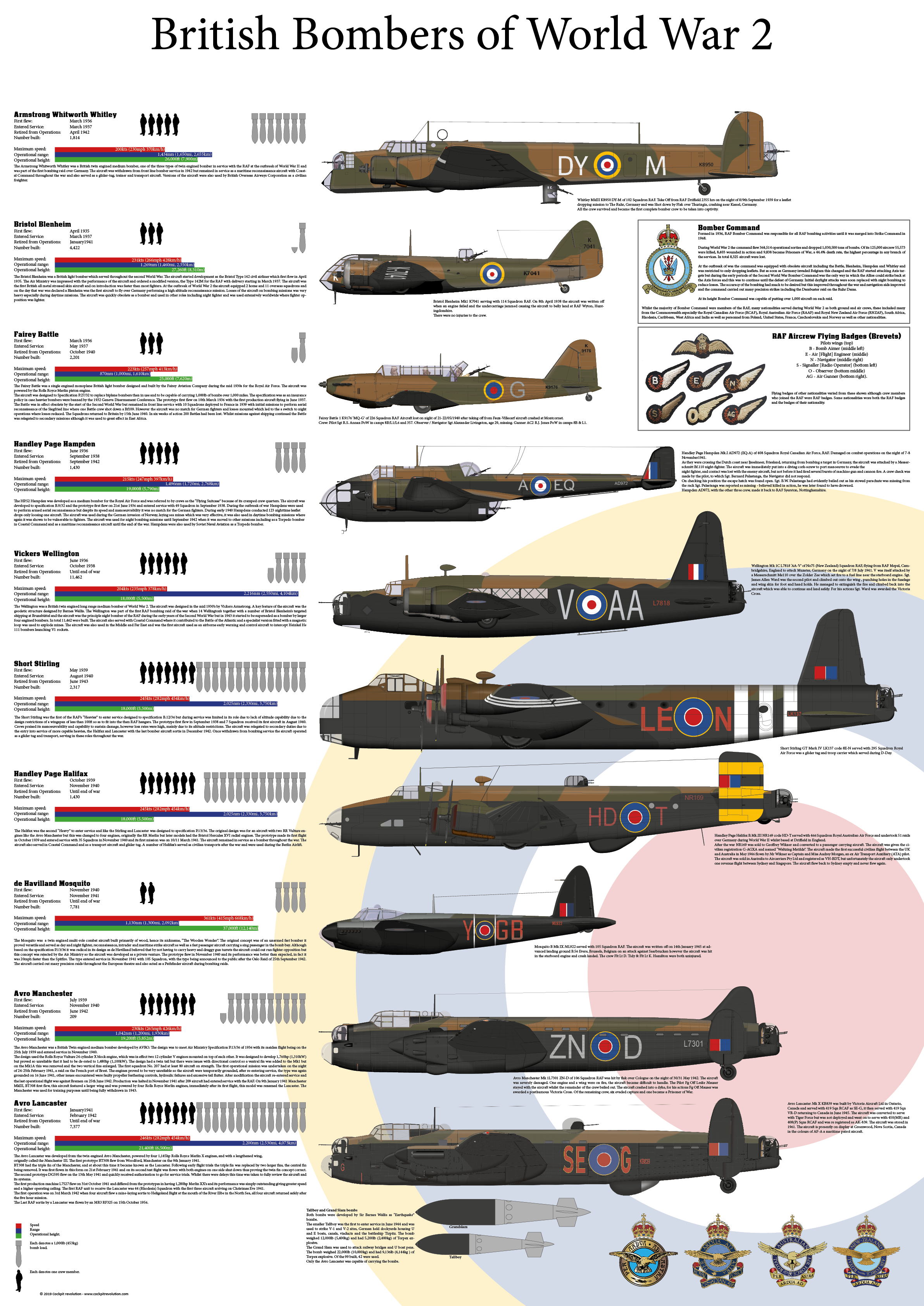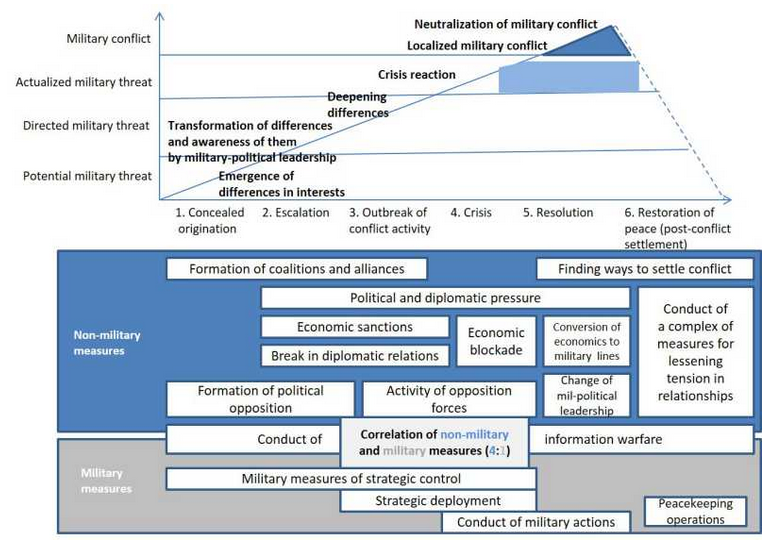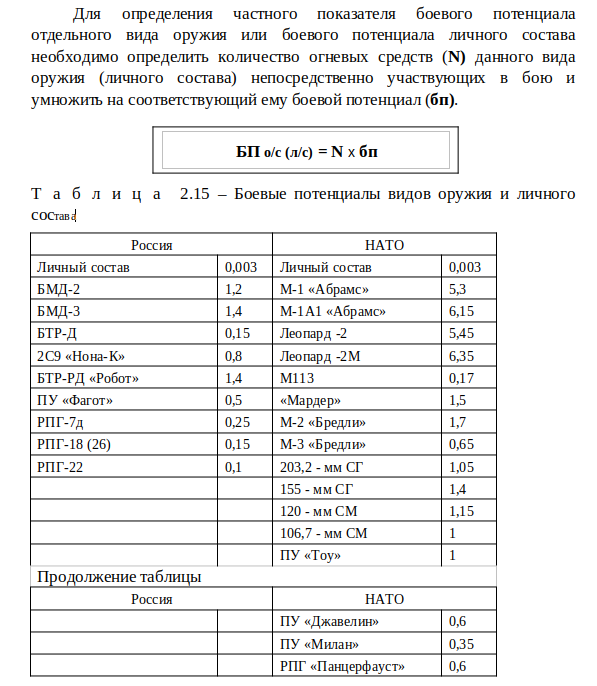Szovjet harckocsizó visszaemlékezése a Tigrisekkel való tapasztalatáról:
Answer (1 of 37): Too much talk has been generated by these big cats during WWII, claims of mechanical failure, unreliability, high maintenance, and expensive to produce, are to some degree true, but also on many occasions they payed back in handfuls what they cost, not to add the legend they cre...

www.quora.com
"ack about 12 years ago, I had the opportunity to sit and talk at great length with a Russian tankman from the Great Patriotic War. He started the war in BT-7 light tanks, then moved on to the venerable T-34 and it’s many variants, finishing the war in the T-34/85. Tanks he commanded were knocked out by the Germans no less than 5 times. On one of those occasions, he was the lone survivor. The mans arms and back, which he showed me, still bore the scars from the horrible burns he received.
He told me a story about the Tiger tank which I have been unable to verify, but have no reason to disbelieve. He recounts how in November of 1943, in central Ukraine he and many other Russian soldiers had an unforgettable encounter with one particular Tiger tank.
The Red Army had been launching a series of powerful attacks against the retreating Germans in the aftermath of the Battle of Kursk. In the frigid morning hours of this particular day, the Russians launched just such an attack. It was very cold that late November. The Germans it would seem, had been caught totally by surprise because on this particular occasion the artillery bombardment which customarily and dogmatically preceded Red Army advances, never came. The man in charge of the artillery on that small part of the front had apparently been killed early that morning when his driver took a wrong turn at a crossroads and drove straight into the German lines.
Caught totally by surprise, the Germans were thrown back with heavy losses. The Germans were low on fuel and could not keep their engines running through the night to keep them from freezing. When the order came to pull back many of the German vehicles, including tanks, could not be started and were set on fire and abandoned by their crews. One particular crew either didn’t get the word to fall back or became separated and lost that morning. When the sun rose that morning, my elderly friend was sitting in the turret cupola of his T-34 tank rolling along in a long column of tanks when up on their left a lone Tiger tank was spotted circling around the base of a gentle hill moving away from the column about 700 meters distant. The Russians immediately began firing on the Tiger hitting it several times with their 76mm guns without knocking it out. The Russians were to the East of the Tiger with the rising sun behind them obscuring them and preventing the Tiger from spotting the column and returning fire. The Tiger climbed over the crest of a small bank and disappeared on the other side. A whole company went on line and pursued the Tiger, attempting to reacquire it but after an hour of searching had failed. As if by magic, the Tiger and its crew had managed to vanish.
A few hours later, my friends column had advanced 10–15 more kilometers when all Hell seemed to break loose. Behind them they heard booming explosions that they could feel in the air and through the ground. Moments later the sky behind them produced a great column of black smoke. Through it all they continued to hear explosions and one other sound: the all too familiar sound of a German 88mm tank gun.
The Tiger had found a long ditch in a shallow depression on a gentle rise (if that makes sense) that got deeper along one end. It had the effect that the ditch could not be seen until you were literally looking down at it in a strange trick of depth perception. My friend drew a picture for me to illustrate. This ditch allowed the Tiger to move barely 15 meters along it and expose its turret just above the ground and fire and then reverse to hide itself yet again. The Tiger, painted white by its crew was all but invisible. It had sat there all morning as they had scoured the area looking for it. Unfortunately, after his column had given up the search and continued on, his division had chosen the spot to set up its new divisional command post, fuel and munitions stores, repair yards, and field hospital. In the late morning of that day, the crew of the Tiger, apparently having watched the busy activity all morning pounced. Their first targets were the guns of the anti-aircraft battery protecting the CP from air attack. Next, it blew the turret off the 5 T-34’s which were in the repair yard, just incase they were manned. Then it turned its attention to the many trucks carrying fuel and ammunition for the Soviet tank division. The explosions of trucks loaded with 76mm explosive tank rounds were colossal. These were the massive explosions my now elderly friend remembered hearing.
Through it all, no one had sited the Tiger or even identified from which direction the fire was coming from. Many had been killed and there was much confusion. Trucks had come in after the attack believing it had been an attack from the air. People who had been present during the attack but hadn’t seen anything repeated this. An hour went by. More trucks and vehicles start pouring in and the Russians start putting everything back in order. New and many more anti-aircraft guns are emplaced just incase the Germans staged yet another daring “air attack”.
The Tiger rolls out of its depression yet again and opens fire with its 88 and MG34 machinegun. Again, the scene is total carnage. The first target is the AAA battery. Next are the fighting vehicles. Then the fuel and ammunition. This time, the Tiger is spotted and the call for help goes out. They lay an artillery barrage on the Tiger’s location and then assaulted the position with an entire battalion of 30 T-34’s, of which 8 had their turrets blown off by the Tiger. The fight ended when a Russian shell penetrated the rear of the Tigers turret and exploded inside setting the tank on fire and killing the entire crew. In all, 20+ trucks, 11 anti-air guns, 13 tanks, and 84 men met their fate that day at the hands of one Panzerkampfwagen VI Tiger.
My friend, who lost his first and second tanks during the Battle of Kursk openly admitted he and other crews lived in fear of the Tiger tank. This incident in particular formed the lasting impression that not only were the Tiger tanks themselves truly fearsome, but that the Germans who manned them were crazy. He and the other men who were present couldn’t understand why the German crew didn’t abandon their tank and try to slip away quietly back to their own lines. Even surrender he thought was better than certain death. In his view, whether the Germans were crazy or merely stupid, it made no difference. He lived in fear of Tiger tanks. He had several other nasty encounters with the Tiger before the end of the war. Always he said, it seemed they were elusive, just out of range, and where you didn’t expect them and couldn’t hit back. He commented to me that whenever he was forced to expose his tank on open ground his hands would shake. He said many times he would imagine the Germans peering through their gun optics at his tank. For the rest of the war he rarely closed the hatch of his cupola out of fear his tank would be hit and he would be trapped inside and burned alive. He had a recurring nightmare for many years after the war that he was out in the open and exposed and he could feel the Germans pointing their 88’s at him and he just couldn’t get back to cover fast enough. In his nightmare he would either wake up just before they were hit, or as in the case of the worst nightmares, trapped in his burning tank. More than 60 years after the end of the war, he still seemed shaken by it."

 Orosz nyelvű Mesterlövész-kisokos 1944-bőlForrás: CAMO, Fond: 235, Opisz: 2074, Gyelo: 1060. 16."
Orosz nyelvű Mesterlövész-kisokos 1944-bőlForrás: CAMO, Fond: 235, Opisz: 2074, Gyelo: 1060. 16."








 ) hogy miért vált a német hadsereg pofozógéppé,stratégiai szinten(NEM OPERATÍV VAGY TAKTIKAI SZINTEN!) 1944 nyarától és hogy miért volt ez nagyon fontos.Például tisztább képet kaphat az ember hogy miért maradhatott a nehéz tank mint koncepció évtizedekig a szovjet hadsereg fegyvertárában vagy ehhez kapcsolódik még miért próbáltak még mindig lángszóró verziót tenni még a T-55/T-62re is,miért volt túlsúlyos a VDV,és ez miért fontos még ma is az orosz hadsereg doktrínájában.Egy dolog biztos az erők "egyensúlya" ,a "racionalitás" és a "matematika" kultúrát alkot a mai orosz hadsereg minden részében az egyszerű gyalogostól kezdve a légierőig.
) hogy miért vált a német hadsereg pofozógéppé,stratégiai szinten(NEM OPERATÍV VAGY TAKTIKAI SZINTEN!) 1944 nyarától és hogy miért volt ez nagyon fontos.Például tisztább képet kaphat az ember hogy miért maradhatott a nehéz tank mint koncepció évtizedekig a szovjet hadsereg fegyvertárában vagy ehhez kapcsolódik még miért próbáltak még mindig lángszóró verziót tenni még a T-55/T-62re is,miért volt túlsúlyos a VDV,és ez miért fontos még ma is az orosz hadsereg doktrínájában.Egy dolog biztos az erők "egyensúlya" ,a "racionalitás" és a "matematika" kultúrát alkot a mai orosz hadsereg minden részében az egyszerű gyalogostól kezdve a légierőig.

